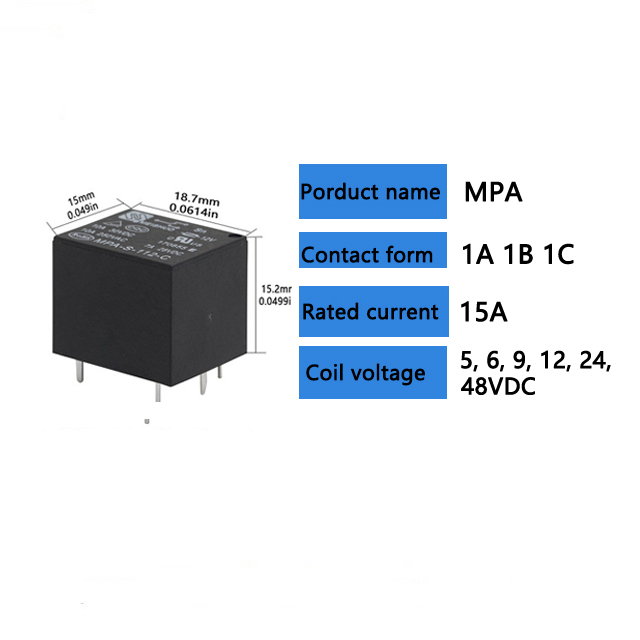an in-depth exploration of relay selection in wireless communication systems
Release time:2025-10-21 00:36:41
Relay selection is a pivotal concept in modern wireless communication, particularly in multi-hop networks or relay-assisted communication systems. As the demand for higher data rates, extended coverage, and more reliable wireless services continues to increase, relay selection plays an essential role in addressing these challenges. In simple terms, relay selection involves choosing the most appropriate relay node to forward signals between the source and destination, ensuring optimal network performance. This article delves into the importance, functionality, and application of relay selection in wireless communication.

1. The Basics of Relay Selection
Relay selection in wireless communication systems typically refers to a mechanism where intermediate relay nodes are employed to forward the signal from a source to the destination. This technique is often employed in scenarios where direct communication between the source and the destination is not feasible due to distance, obstacles, or poor channel conditions. By introducing relay nodes, it becomes possible to extend the communication range and improve overall signal quality.
Relay selection involves two key components: selecting the relay node and managing the process of forwarding the signal. The relay node essentially acts as an intermediary, helping the signal traverse through areas that may otherwise be prone to interference or poor coverage. These relay nodes can be strategically chosen based on various factors such as signal quality, distance from the source, or network load.

